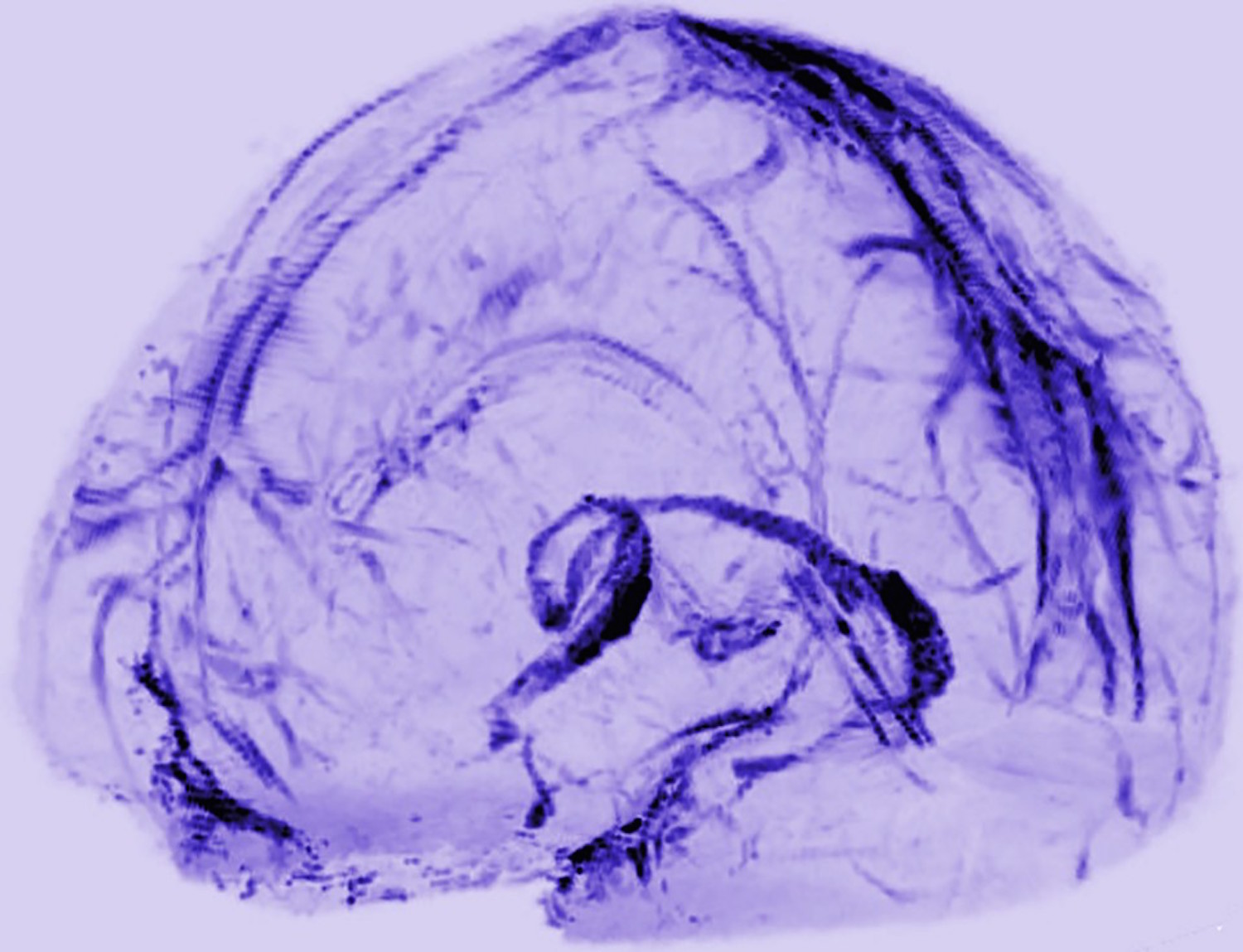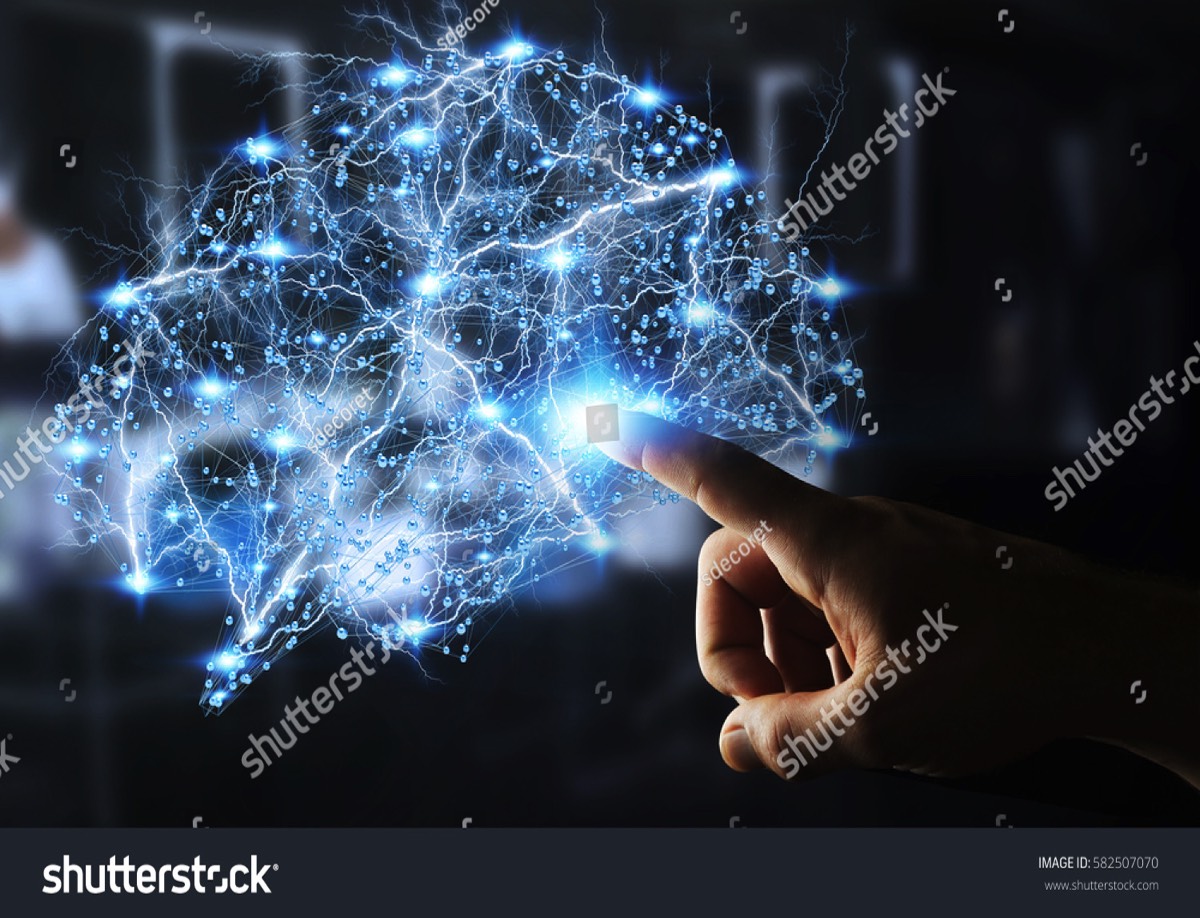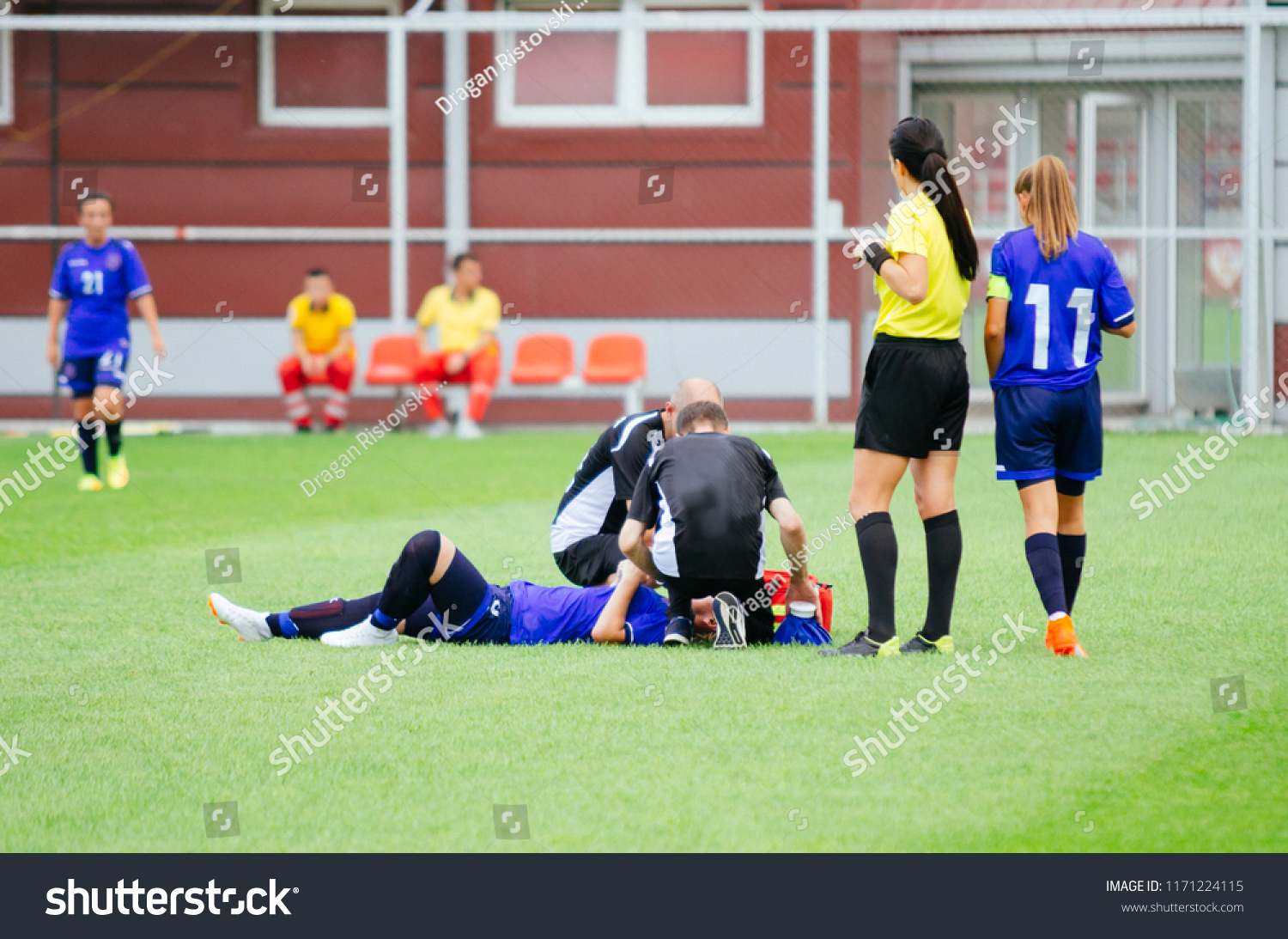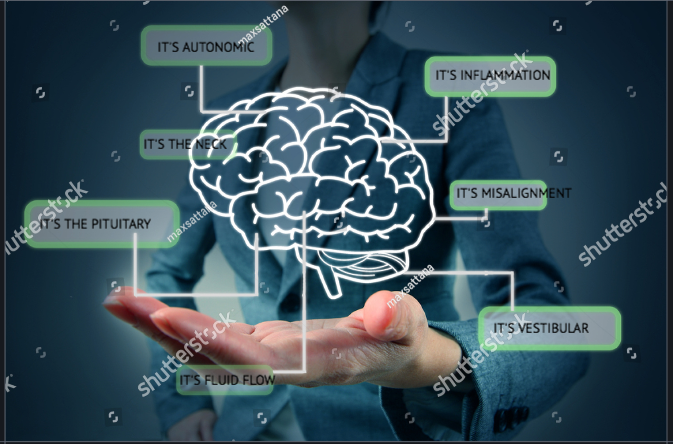The brain is an immensely complex and complicated wonder, with more neurons and astrocytes than there are stars in the Milky Way. Yet the principles of recovering from an injury to the brain are similar to covering from injury elsewhere in the body: the injured brain must be put back in its proper place in the skull, the flow of life-giving blood and lymphatic fluid must be optimized, and the “fight or flight” reaction must be calmed. And osteopathic physicians have been attending to these things for over 100 years.
HEALING THE AUTONOMIC NERVOUS SYSTEM

“FIGHT OR FLIGHT” - YOU MAY HAVE HEARD OF IT but had no idea how important it is to whether your brain ever heals.
When the body is threatened, our “fight or flight” autonomic nervous system steps up to be a hero. It’s essential for survival. But when our nervous system won’t calm down afterwards and return to balance, a lifetime of trouble can result.
RESTORING THE BRAIN’S FLUID FLOWS

THE BRAIN’S FLUID FLOW IS LIFE ITSELF. Arteries and cerebrospinal fluid channels bring life-giving nutrients, anti-oxidants hormones, and oxygen to the injured brain. Fluid flow takes out the brain’s dying cells and other trash and toxins so that the brain can heal.
How important is this river of life? Some researchers think the brain’s inability to clear its trash is the root of all neurological diseases.
PUTTING THE BRAIN BACK WHERE IT BELONGS

IT MAKES SENSE: IF YOU SPRAIN YOUR ANKLE, IT HAS TO BE REALIGNED FOR IT TO HEAL. If you smack your brain, it bounces around in your skull, twisting on its axis as the forces pounded into it criss-cross and reinforce each other. Just like your ankle, your brain probably ended up in the wrong place.
Putting the structures of the head back where they belong can result in amazing miracles of healing, even in concussions that happened long ago.

